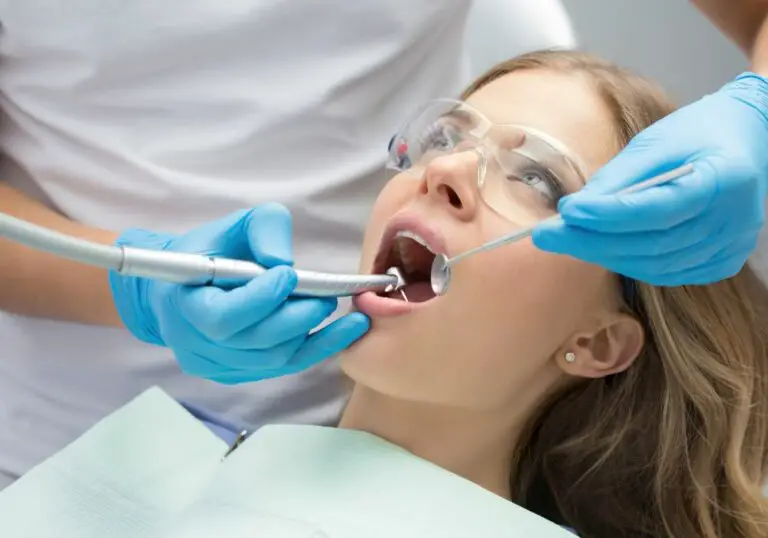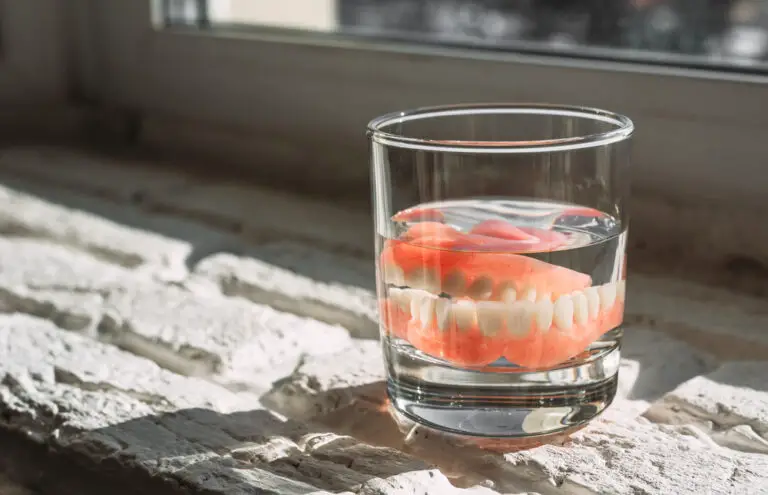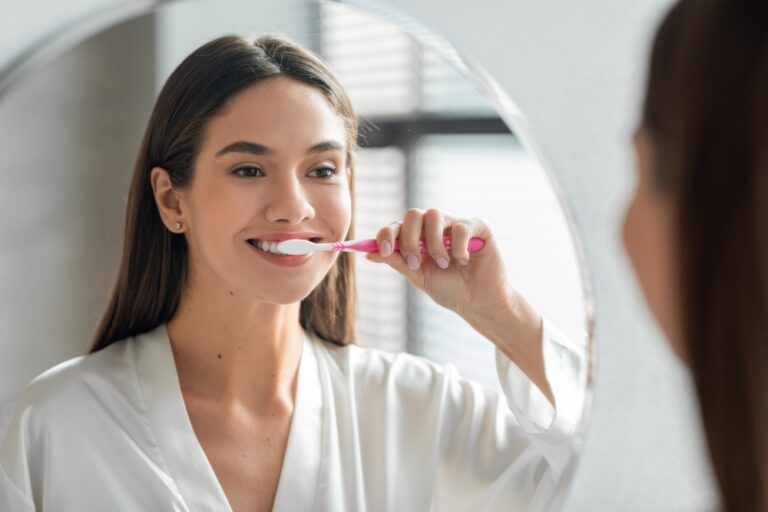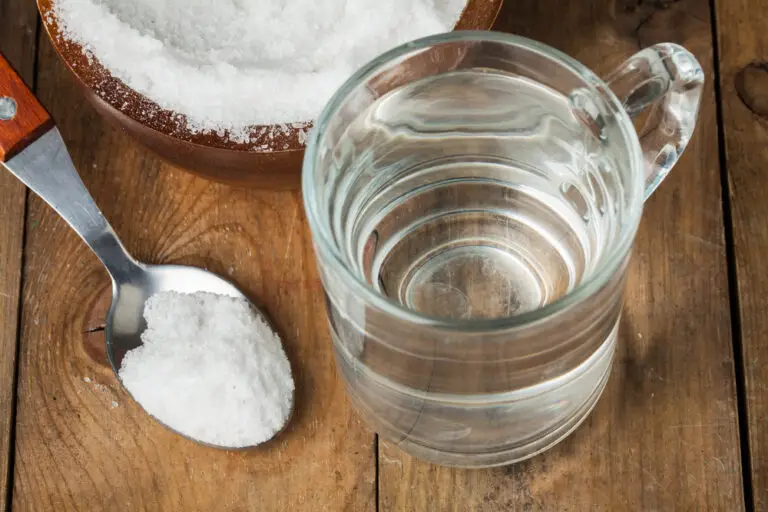Having a bright, white smile can do wonders for your confidence and appearance. But over time, teeth can become severely discolored and yellow for a variety of reasons. The good news is that several professional whitening treatments are available that can safely remove years of discoloration from smoking, foods, drinks, medications, injuries, and more. However, severely yellow teeth pose a tougher challenge and may not whiten completely.
What causes such severe yellowing of teeth?
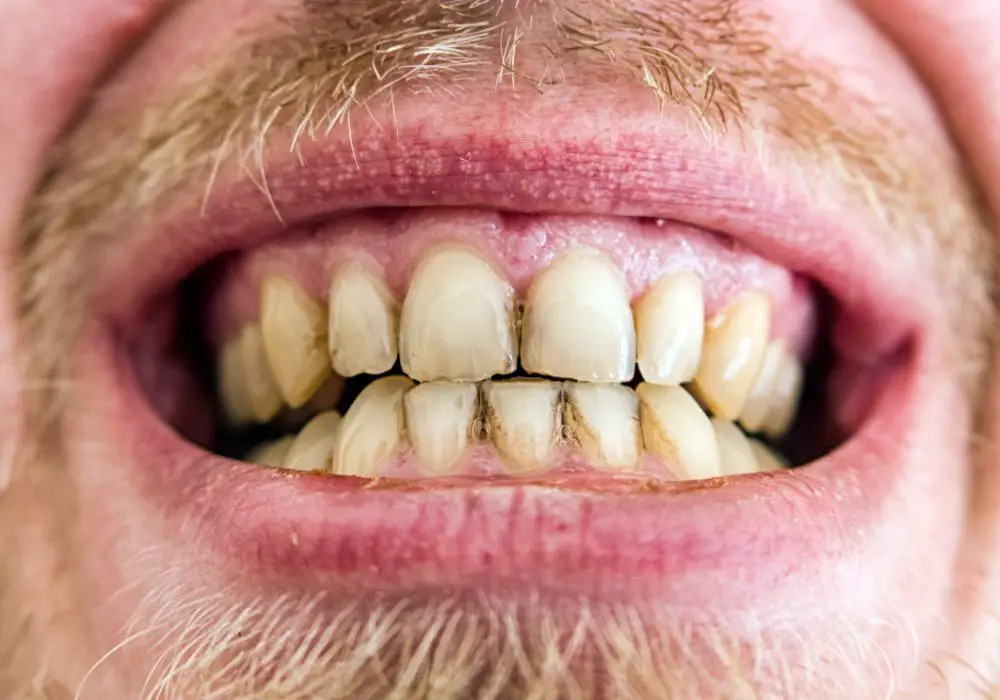
Teeth naturally range from light yellowish-white to greyish-white in color. But certain habits, conditions, and circumstances can stain and discolor the enamel over time, leading to a pronounced yellowish tone.
Thinning enamel and exposed dentin
Tooth enamel is the hard, outer surface that keeps teeth healthy and attractive. Enamel is semi-translucent and appears light blue-white in color. Underneath enamel is a pale yellow substance called dentin, which makes up the bulk of each tooth. As enamel thins with age, acidic wear, grinding, and gum recession, the yellow dentin underneath becomes more visible. This causes a yellowish tint to appear, especially near the teeth’s biting edges and roots.
Staining foods, drinks, and substances
Some of the most common causes of severe tooth discoloration are deeply staining foods, drinks, and other substances that penetrate the enamel over time. This includes:
- Coffee and tea: Compounds called chromogens in coffee, tea, and other dark beverages become trapped within the microscopic pits and grooves of the enamel. Over many years, this causes intrinsic discoloration of both enamel and dentin.
- Red wine: The anthocyanins that give red wine its deep color are highly pigmented and can stick to enamel surfaces.
- Tobacco: Tar and other chemicals in cigarette smoke cause stubborn brownish stains on teeth, made worse when combined with cigarette, coffee, or tea stains.
- Soy sauce and berries: Dark pigments called flavonoids in soy sauce, berries, and other foods cause extrinsic surface stains on teeth that require diligent brushing to avoid.
Tetracycline staining
Tetracycline is a common antibiotic that can permanently stain developing teeth a dark grey-brown to yellow color. Children under age 8 are most at risk since their secondary teeth are still forming under the gums. Tetracycline binds to mineralizing enamel and dentin, causing intrinsic discoloration that is very stubborn to remove.
Dental fluorosis
Consuming too much fluoride while teeth are developing can lead to a condition called dental fluorosis. This causes white specks and yellow, brown, or black stains on teeth ranging from faint to severe. Fluorosis is permanent but cosmetic stains can be reduced.
Trauma and injury
Injuries to teeth and gums from accidents, sports injuries, or habits like nail biting can damage enamel. This allows dentin to show through, resulting in a yellow appearance, especially if nerves or blood vessels inside the tooth become affected.
Aging and long-term wear
While aging alone doesn’t directly cause yellowing, older teeth show more accumulated staining over decades of exposure to colored foods, drinks, and other substances. Enamel also naturally thins over time, letting more yellow dentin show through. Older restorations and dental work can also yellow and become more visible with age.
Professional teeth whitening treatments
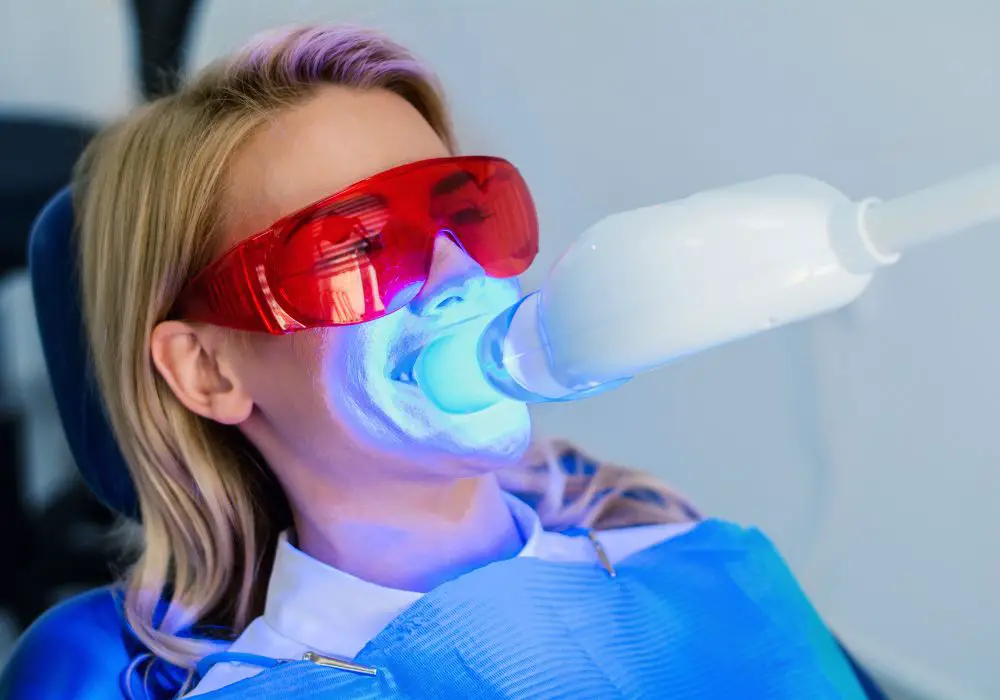
If you’re embarrassed by the state of your smile and want to know how to whiten yellow teeth, take heart. Today’s professional whitening methods are the safest, most effective way to reverse years of discoloration, both surface extrinsic stains and deeper intrinsic stains. However, the extent of lightening possible will depend on the original shade and cause of staining. Here are some of the most common professional whitening options:
In-office bleaching
In-office bleaching performed by your dentist in the dental chair is the fastest way to dramatically whiten teeth in just one visit. During the procedure, a hydrogen peroxide-based whitening gel with a high concentration of 15-40% carbamide peroxide is applied directly to the teeth. A specialized light or laser is used to accelerate and enhance the bleaching process. An oxidizing reaction occurs that lifts deep stains and brightens teeth several shades beyond what at-home kits can achieve. Results are seen after just one 1-hour treatment, though several sessions may be recommended.
Custom-fitted take-home whitening trays
Your dentist will take impressions of your teeth and have a dental laboratory fabricate custom-made whitening trays that precisely fit your teeth. You’re given whitening gel with lower concentrations of hydrogen peroxide or carbamide peroxide to fill the trays at home. The trays are worn for 1-2 hours daily or overnight for up to 2 weeks until your desired level of whitening is reached. This is a more gradual whitening process, but causes less sensitivity than in-office bleaching.
Over-the-counter whitening strips and kits
Whitening strips coated with hydrogen peroxide gel are commercially available over-the-counter and applied to teeth for 30 minutes twice a day. Some brands claim to lighten teeth up to 8 shades over 1-2 weeks of use. Whitening kits include custom dental trays, but with weaker peroxide gels meant for short 15-30 minute treatments daily. Drugstores also sell whitening rinses, toothpastes, and other products, but they only remove surface stains, not deeper discoloration.
Other in-office whitening methods
Some dental offices enhance take-home tray and strip treatments with an initial or final round of in-office light or laser activation. After bleaching gels are applied, the light speeds up the chemical reaction for faster whitening, while laser light gently penetrates enamel to further break up stains. Power whitening uses special electricity-generating wands applied directly to solution-coated teeth during office visits to accelerate brightening. Other custom cocktails combine peroxide whitening agents with teeth-polishing abrasives or desensitizing minerals for maximum stain removal with less sensitivity. However, caution should be used with polishing components as too much abrasion weakens enamel over time.
How well do professional treatments remove severe yellowing?
Results will depend on the original shade and cause of your tooth discoloration. In many cases, professional whitening can dramatically lighten teeth several shades. However, severe intrinsic yellowing is more resistant to complete removal. Here’s an overview:
- Mild to moderate yellow staining from coffee, tea, red wine, smoking, food stains, etc can typically be lightened closer to your natural teeth shade. You may achieve a level of whitening you’re very satisfied with.
- Tetracycline staining often shows only minimal improvement, if any, with peroxide bleaching techniques since the antibiotic binds so stubbornly to teeth structures. Other solutions may be required.
- Severe dental fluorosis stains may lessen somewhat, but likely cannot be completely removed or reversed, leaving some degree of discoloration.
- Dark brown to grey hues from longstanding intrinsic stains can be challenging to bleach beyond a certain point. Teeth will generally lighten somewhat, but may retain a deeper tint.
- Teeth weakened by trauma can become irritated and sensitive during the whitening process. Yellowing due to inner nerve/vessel damage may be impossible to remove completely.
In cases of severe yellowing with poor bleaching response, it may take 4 or more professional treatments to reach somewhat satisfactory, but not perfect, color improvement. While not always fully restorative, whitening can still appreciably improve the appearance before considering more invasive procedures. However, if you’re disappointed with the final whitening outcome, options like dental veneers or crowns can provide a completely new tooth color.
Maintaining your new white smile
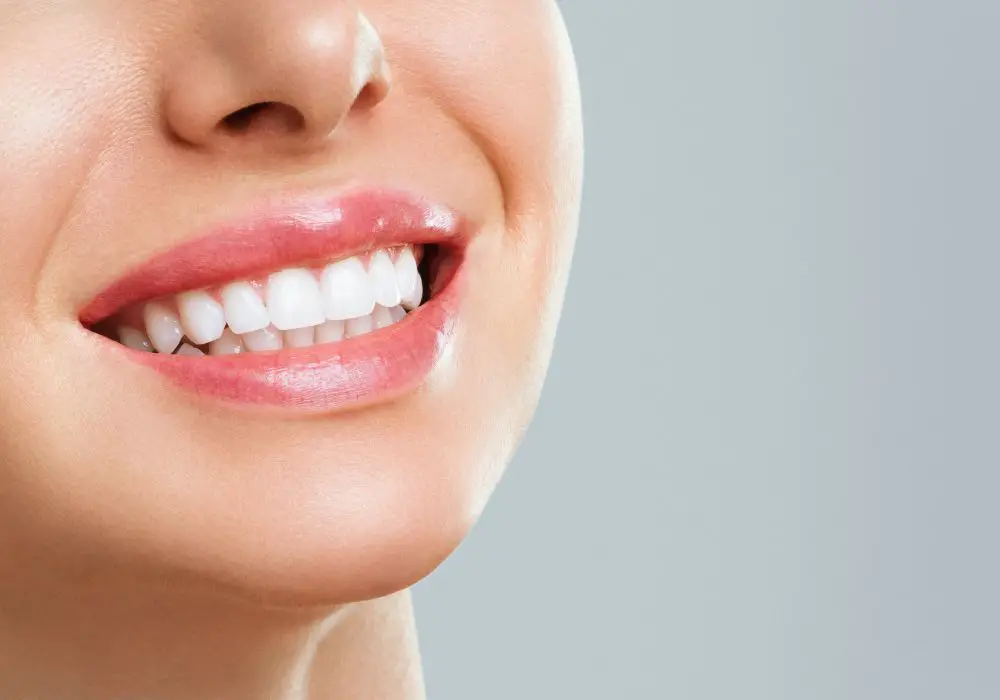
Successfully lightening a yellow smile can bolster self-esteem and motivation to keep teeth whiter longer. But despite professional treatments, teeth can gradually re-stain and re-yellow over time without proper care. Here are some tips for protecting your investment:
- Maintain a daily regimen of thorough brushing, flossing, and dental cleanings to prevent new decay and buildup. Use a soft bristle or electric toothbrush combined with whitening toothpaste.
- For the first 48 hours post-whitening, avoid staining culprits like coffee, red wine, tobacco, etc that can discolor freshly bleached enamel.
- Drink staining beverages like coffee, tea, and soda through a straw so the liquid avoids your front teeth. Rinse your mouth with water after consuming them.
- Swish with water or chew sugarless gum after eating or drinking staining foods and beverages.
- Consider temporarily limiting or avoiding high chromogen foods, drinks, and tobacco while enamel is rehydrating and porous after whitening treatments.
- Have any new cavities or leaky dental work fixed, as those allow stains inside the teeth again.
- Get periodic professional touch-up whitening sessions, usually once or twice annually, to maintain brightness.
- Use at-home whitening strips, gels, or rinses for occasional tune-ups between professional treatments.
Following lifelong diligent oral hygiene practices and regular dental visits can help keep your smile vibrant and minimize re-yellowing. Be patient with the process and consult your dentist if you have any concerns.
Who should avoid teeth whitening?
While generally safe, professional whitening isn’t for everyone. You’ll want to consult your dentist first if you have:
- Very sensitive teeth or gums
- Allergies to peroxide or other dental chemicals
- Fillings, crowns, or other dental work that won’t whiten evenly
- Gum disease, oral infections, leaking fillings, etc. These should be treated first before whitening.
- A history of teeth grinding or clenching, as whitening can make this temporarily worse
Pregnant and breastfeeding women are also advised to postpone elective whitening treatments until after delivery and lactation. In addition, children younger than 16 should not undergo cosmetic whitening procedures except by physician recommendation.
As long as you’re cleared by your dentist for optimal safety, a whiter, brighter smile can do wonders for you self-image. But have realistic expectations about the level of whitening possible for badly yellowed teeth based on the cause and severity of discoloration. With diligent oral care and periodic touch-ups, your whiter smile can become a long-term reality.
FAQs
Q: What is the most effective way to whiten severely yellow teeth?
A: The most effective professional whitening for severe tooth discoloration is usually in-office bleaching. Concentrated peroxide gels accelerated by blue light, laser, or heat can dramatically whiten teeth beyond what slower at-home methods can achieve in a single 1-hour dental visit. However, several sessions may be needed for badly stained teeth.
Q: Is whitening safe if my teeth are sensitive?
A: Whitening formulas contain desensitizing agents, but some sensitivity is still possible. For people with very sensitive teeth, the dentist may recommend using custom take-home trays with a gentler whitening gel instead of intense in-office bleaching, which causes more sensitivity. Over-the-counter methods like strips should be avoided if you have pronounced sensitivity.
Q: How white can very yellow teeth actually get?
A: The degree of attainable whitening depends on the original tooth shade and cause of discoloration. Surface stains usually respond better than intrinsic stains. Mild to moderate yellowing can typically lighten closer to your natural color. But severe tetracycline staining, fluorosis discoloration, or dark grey/brown intrinsic stains may only whiten a few shades before reaching a point where further bleaching is no longer effective. Some residual yellowish tones may remain.
Q: Can badly stained teeth be whitened again if yellowing returns?
A: Yes, it’s generally safe to repeat professional whitening periodically if discoloration recurs. Many patients get touch-up treatments every 6-12 months after the initial whitening series. However, the same level of whitening may not be possible each time as teeth can become resistant with repeated bleaching. Proper home care helps maintain results longer between sessions.
Q: Does whitening damage tooth enamel?
A: Modern whitening gels are designed to penetrate enamel safely with minimal damage. However, enamel can become temporarily dehydrated and porous after bleaching. It’s important to avoid heavily staining foods and drinks until the enamel rehardens and reseals, usually within 48 hours. Your dentist can advise you on the best aftercare to avoid sensitivity and enhance rehydration.

